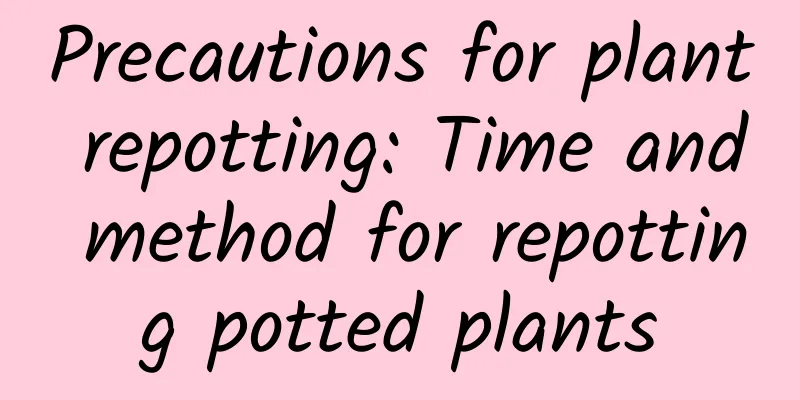African jasmine cutting method and precautions How to make African jasmine take root

|
African jasmine can survive by cuttings, but you also need to pay attention to the time of cuttings. Generally speaking, it is not recommended to take cuttings in midsummer, when the temperature is very high and the survival rate is low. In addition, it is also not recommended to take cuttings in winter when the temperature is too low. African jasmine cutting timeAfrican jasmine can be propagated by cuttings. Usually, African jasmine is propagated by cuttings from April to October , and the most suitable time is June to July . Because the temperature is more suitable at this time, it takes a faster rooting speed, usually about 1 month. If it is propagated by cuttings in October, it may take about 2 months to take root. Cutting propagation method of African jasmine1. Choose the culture soil It is best to mix peat soil, vermiculite or loess soil to make the culture soil , which are acidic and breathable soils. Dry the soil before cutting. In addition, you can also use the African jasmine hydroponic method for cutting rooting. 2. Cutting production Select a one-year-old healthy branch of the African jasmine plant , cut off a section, cut it into several sections, each section is 12-15 cm long, keep 3 leaves, and cut off the rest of the branches and leaves, so that the best distance between the incision and the node is 0.3 cm. 3. Cutting and management Insert the cuttings into the culture soil or water, then cover with plastic film . After they are dry, place them in a cool place, avoid direct sunlight, ensure the temperature is between 20 and 30 degrees, and pay attention to the moisture of the soil every day. They will take root in January or February, and the success rate of cuttings can reach more than 80%. African jasmine cuttings precautions1. Temperature It is very difficult for cuttings to take root and they grow slowly. If the temperature exceeds 30℃, the bottom will be moist and the cut ends will be susceptible to diseases, so they are prone to rot. 2. Humidity After cutting, the indoor air humidity should be maintained at about 75%-80%. When the cuttings have not taken root, they should be kept fresh and tender. Cuttings without roots cannot absorb nutrients or maintain water balance, so manual intervention is required, such as spraying to lower the ambient temperature, increase humidity, and reduce water evaporation. |
Recommend
What flowers are suitable for growing in Huangshan? What are the city flowers and trees?
1. Climate characteristics of Huangshan Huangshan...
Is it better to grow 9 or 10 lucky bamboos?
1. Which number is better? In fact, these two num...
Is Anthurium suitable for deep pot or shallow pot?
Should I use a deep or shallow pot for Anthurium?...
How to propagate new bulbs of hyacinth
1. Bulb division propagation 1. Prepare bulbs: Th...
How to water potted peony
Key points for watering potted peonies Do not wat...
How to propagate succulent roses? Propagation methods and cultivation techniques
How to propagate succulent roses When propagating...
How to make golden marble bonsai bear more fruits
Daily Management After planting the golden ball p...
Advantages and Disadvantages of White Chocolate Rose
White Chocolate Rose is a famous and strong varie...
What’s the best way to grow roses?
Roses are loved for their rich varieties and beau...
Can golden amber be cultivated hydroponically?
Golden echinops can be hydroponically cultivated ...
Rapeseed planting time and method
Rapeseed Planting Time The planting time of rapes...
How to propagate apples and what to pay attention to
Apple reproduction method The most common method ...
What are the cultivation methods and precautions of Verbena?
Verbena Introduction Verbena belongs to the Verbe...
A must-see for newbies! 4 taboos of orchid cultivation, you will lose a lot if you don't know them
Don't plant small plants in large pots Some f...
How to grow Golden Edge Tiger Pilan to make it grow well (Golden Edge Tiger Pilan's blooming pot cultivation method)
The Golden Edged Tiger Skin Orchid is a type of T...









